Home>Furniture>Outdoor Furniture>What Size Are Decking Boards
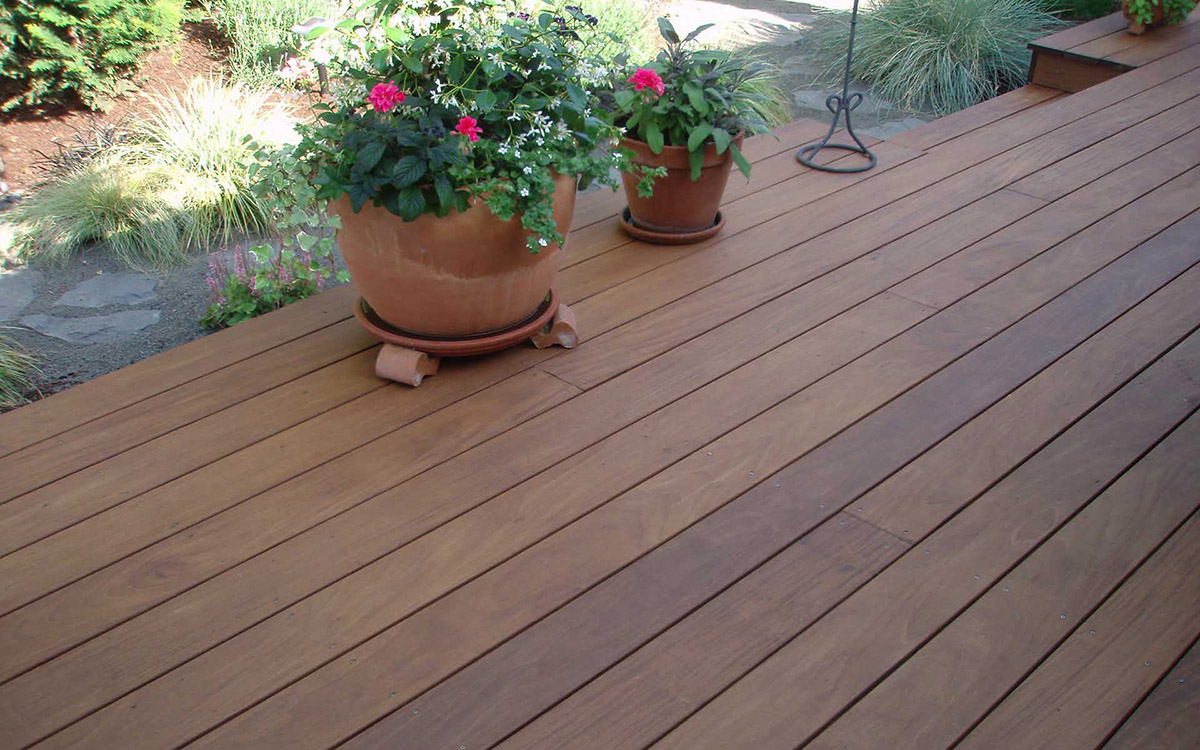

Outdoor Furniture
What Size Are Decking Boards
Modified: March 7, 2024
Discover the ideal size of decking boards for your outdoor furniture projects. Explore our comprehensive guide to find the perfect fit for your outdoor living space.
(Many of the links in this article redirect to a specific reviewed product. Your purchase of these products through affiliate links helps to generate commission for Storables.com, at no extra cost. Learn more)
Introduction
Welcome to our comprehensive guide on outdoor furniture, where we will explore everything you need to know about decking boards. Decking boards are an integral component of any outdoor living space, providing a comfortable and stylish platform for relaxation and entertainment. Whether you’re planning to create a cozy rooftop deck, a sprawling backyard oasis, or a simple balcony retreat, understanding the different sizes and options available will be essential in designing the perfect outdoor space.
In this article, we will delve into the standard sizes of decking boards, discuss the various wood species commonly used, and provide valuable tips on selecting the right size for your deck. We will also explore the factors that should be considered during the decision-making process and offer guidance on installation and maintenance. So let’s get started and unlock the secrets to creating a captivating outdoor living area!
Key Takeaways:
- Choose decking board size based on space, use, and budget. Consider wood species for durability and maintenance. Consult professionals for optimal design and maintenance tips.
- Install and maintain decking boards carefully for longevity. Regular cleaning, protection from moisture, and inspections are key. Seek professional guidance for best results.
Read more: What Size Screw For Decking Boards
Standard Decking Board Sizes
Decking boards come in a range of standard sizes, with variations depending on the region and specific manufacturer. The most common decking board sizes are typically between 8 feet and 20 feet in length, with widths ranging from 4 inches to 8 inches. The most popular width is 6 inches, as it provides a good balance between strength and ease of installation.
It’s important to note that there is also a difference between nominal and actual sizes when it comes to decking boards. Nominal sizes refer to the size the lumber is commonly referred to, while actual sizes reflect the true dimensions of the board. For instance, a 2×6 decking board has a nominal size of 2 inches by 6 inches, but the actual size may be closer to 1.5 inches by 5.5 inches.
When selecting the length of your decking boards, it’s crucial to consider the dimensions of your outdoor space and the layout of your deck. Longer boards can help minimize the number of seams and create a more seamless appearance. However, they may also be more challenging to transport and install. Shorter boards may require more seams, but they can be easier to work with and maneuver during installation.
Keep in mind that decking boards can be cut to custom sizes if needed, allowing for greater flexibility and creative design possibilities. This can be especially beneficial when working with irregularly shaped decks or when incorporating unique patterns and angles.
Common Wood Species for Decking Boards
When it comes to choosing the right decking boards, the type of wood species you select will play a significant role in the durability, appearance, and maintenance requirements of your outdoor furniture. Here are some of the most popular wood species used for decking boards:
- Cedar: Cedar is known for its natural beauty and resistance to rot and insects. It has a distinct reddish-brown color that can be enhanced with stain or left to weather to a silvery-gray patina.
- Pressure-Treated Pine: Pressure-treated pine is a commonly used decking material due to its affordability and availability. It is treated with chemicals to resist rot, decay, and insect damage. However, it requires regular maintenance and sealing to prolong its lifespan.
- Tropical Hardwoods: Wood species such as Ipe, Cumaru, and Tigerwood are known for their exceptional durability and natural resistance to rot, decay, and insects. These tropical hardwoods are typically more expensive but require minimal maintenance.
- Redwood: Redwood has a rich, reddish-brown color and is naturally resistant to rot and insects. It is a popular choice for decking boards and offers a classic, timeless look.
- Composite: Composite decking boards are made from a combination of wood fibers and recycled plastic. They are known for their low maintenance requirements, resistance to fading, and long lifespan.
Each wood species has its unique characteristics, and the choice ultimately depends on your preferences, budget, and desired aesthetic. It’s important to consider factors such as durability, maintenance, sustainability, and availability when selecting the right wood species for your decking boards.
Remember to carefully research and consult with professionals before making a final decision to ensure that the wood species you choose is suitable for your specific outdoor environment and climate.
Choosing the Right Size for Your Deck
When it comes to selecting the size of your decking boards, there are several factors to consider. The size of your deck will depend on the available space, intended use, and personal preferences. Here are some tips to help you choose the right size for your deck:
- Consider the available space: Measure the area where you plan to install your deck to determine the maximum size you can accommodate. This will help you determine the length and width of your decking boards.
- Determine the use of your deck: Think about how you plan to use your deck and the activities it will host. If you envision large gatherings and entertainment, a larger deck with wider boards may be more suitable. On the other hand, if you have a smaller space or prefer a more intimate setting, smaller boards may work better.
- Think about the visual appeal: The size of the decking boards can have a significant impact on the overall aesthetic of your deck. Narrower boards tend to create a more traditional and refined look, while wider boards can lend a contemporary and spacious feel.
- Budget considerations: Larger decking boards and a larger deck size will generally require more materials and potentially increase costs. Consider your budget and weigh the cost versus the desired size and functionality of your deck.
It’s important to strike a balance between the size of the decking boards and the proportion of your outdoor space. A well-designed deck should complement the surrounding environment and be proportional to the size of your home and yard.
Additionally, it may be helpful to consult with a professional deck builder or designer who can provide expert guidance based on your specific needs and preferences. They can help you determine the optimal size and configuration for your deck, taking into account factors such as structural integrity, safety, and code compliance.
Remember, choosing the right size for your deck is a personal decision, and it should ultimately reflect your lifestyle, preferences, and intended use of the outdoor space.
When choosing decking boards, consider the width, thickness, and length that will best suit your project. Standard decking boards are typically 5.5 inches wide and 1 inch thick, but other sizes are available.
Factors to Consider When Selecting Decking Board Sizes
When selecting the size of your decking boards, it’s important to consider various factors to ensure that they meet your needs and preferences. Here are some key considerations to keep in mind:
- Deck Usage: Determine how you plan to use your deck. If you envision hosting large gatherings or placing heavy furniture on your deck, wider and thicker boards may be more suitable to provide additional support and durability.
- Climate and Environment: Take into account the climate in your area. If you live in an area with extreme weather conditions, such as high humidity or freezing temperatures, thicker decking boards may be more resistant to warping and splitting over time.
- Budget: Consider your budget and the cost of the decking boards. Wider and longer boards may cost more due to increased material usage. Strike a balance between your budget and the desired size and quality of the boards.
- Installation Ease: Consider the ease of installation when selecting the size of your decking boards. Longer boards can be more challenging to transport and maneuver during installation, while shorter boards may require more seams and fasteners.
- Maintenance: Think about the maintenance requirements associated with the decking boards. Larger boards generally require less maintenance, as there are fewer seams and joints exposed to the elements.
- Personal Aesthetic: Ultimately, the size of the decking boards should align with your desired aesthetic for your outdoor space. Consider the visual appeal and the overall look you want to achieve, whether it’s a sleek and modern design or a more traditional and rustic feel.
It’s also crucial to check local building codes and regulations in your area. Some regions may have specific requirements regarding the minimum size and spacing of decking boards for safety reasons.
By carefully considering these factors, you can choose the right size of decking boards that will enhance the functionality, durability, and visual appeal of your outdoor space while staying within your budget and meeting your personal preferences.
Read more: What Size Is A Cornhole Board?
Installing and Maintaining Decking Boards
Proper installation and regular maintenance are essential for ensuring the longevity and beauty of your decking boards. Here are some tips to help you install and maintain your decking boards:
Installation:
- Prepare the surface: Ensure the substructure of your deck is properly built and level. Remove any debris or vegetation and install a weed barrier if necessary.
- Plan the layout: Consider the design and pattern of your decking boards before installation. Ensure you have the necessary tools and materials, including screws or nails, appropriate fasteners, and any necessary protective coatings or sealants.
- Start with the first board: Begin installation with a straight and properly aligned first board, using spacers to maintain consistent spacing between each board.
- Fasten the boards: Secure the boards to the substructure using screws or nails, ensuring they are properly attached and flush with the surface.
- Continue with subsequent boards: Repeat the process, ensuring each board is properly aligned, spaced, and fastened to maintain a uniform and stable deck surface.
- Trim and finish: Once all the boards are installed, trim any excess length and add finishing touches such as fascia boards or trim to provide a polished and professional appearance.
Maintenance:
- Clean regularly: Sweep or use a leaf blower to remove debris from the surface of your decking boards regularly. This helps prevent dirt buildup and reduces the risk of staining.
- Protect from moisture: If your decking boards are made of wood, consider applying a water-resistant sealant or protective coating to prevent moisture absorption and damage.
- Inspect for damage: Regularly inspect your decking boards for any signs of damage, such as cracks, rot, or loose fasteners. Address any issues promptly to prevent further deterioration.
- Stain or paint as needed: If you prefer to maintain the color or enhance the appearance of your decking boards, consider applying a stain or paint designed for outdoor use. Follow the manufacturer’s instructions for proper application.
- Remove snow and ice carefully: In colder climates, use a plastic shovel or broom to remove snow and ice from your decking boards. Avoid using metal tools that could scratch or damage the surface.
- Regularly inspect and tighten fasteners: Over time, screws or nails may become loose due to natural expansion and contraction. Inspect and tighten them periodically to maintain a secure and stable deck surface.
By following these installation and maintenance tips, you can ensure that your decking boards remain sturdy, attractive, and functional for years to come.
Conclusion
Outdoor furniture, particularly decking boards, can greatly enhance the beauty and functionality of your outdoor living space. By understanding the various standard sizes of decking boards and considering factors such as deck usage, climate, budget, and personal aesthetic, you can choose the right size that suits your needs and preferences.
Common wood species like cedar, pressure-treated pine, tropical hardwoods, redwood, and composite offer different benefits in terms of durability, maintenance requirements, and aesthetic appeal. Researching and considering these factors will help you select the ideal wood species for your decking boards.
During installation, careful planning, proper surface preparation, and alignment are crucial. Regular maintenance, including cleaning, protecting from moisture, inspecting for damage, and applying necessary treatments or coatings, will help ensure the longevity and beauty of your decking boards.
Remember, the size and type of decking boards you choose should reflect your unique preferences, the available space, and the desired function of your outdoor living area. Consulting with professionals can provide valuable insights and guidance throughout the selection, installation, and maintenance processes.
Now that you have a comprehensive understanding of outdoor furniture and the various factors to consider when selecting and maintaining decking boards, you can confidently design and create a captivating outdoor living space that you can enjoy for years to come.
Frequently Asked Questions about What Size Are Decking Boards
Was this page helpful?
At Storables.com, we guarantee accurate and reliable information. Our content, validated by Expert Board Contributors, is crafted following stringent Editorial Policies. We're committed to providing you with well-researched, expert-backed insights for all your informational needs.
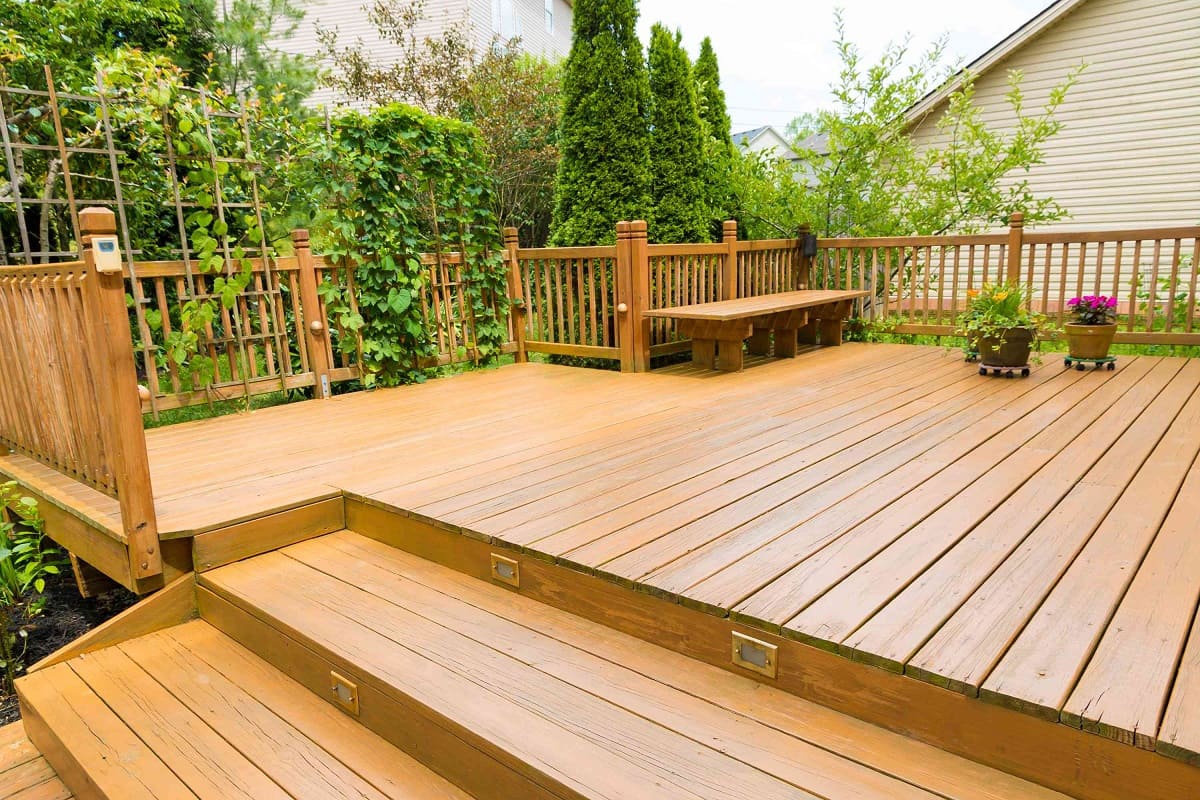
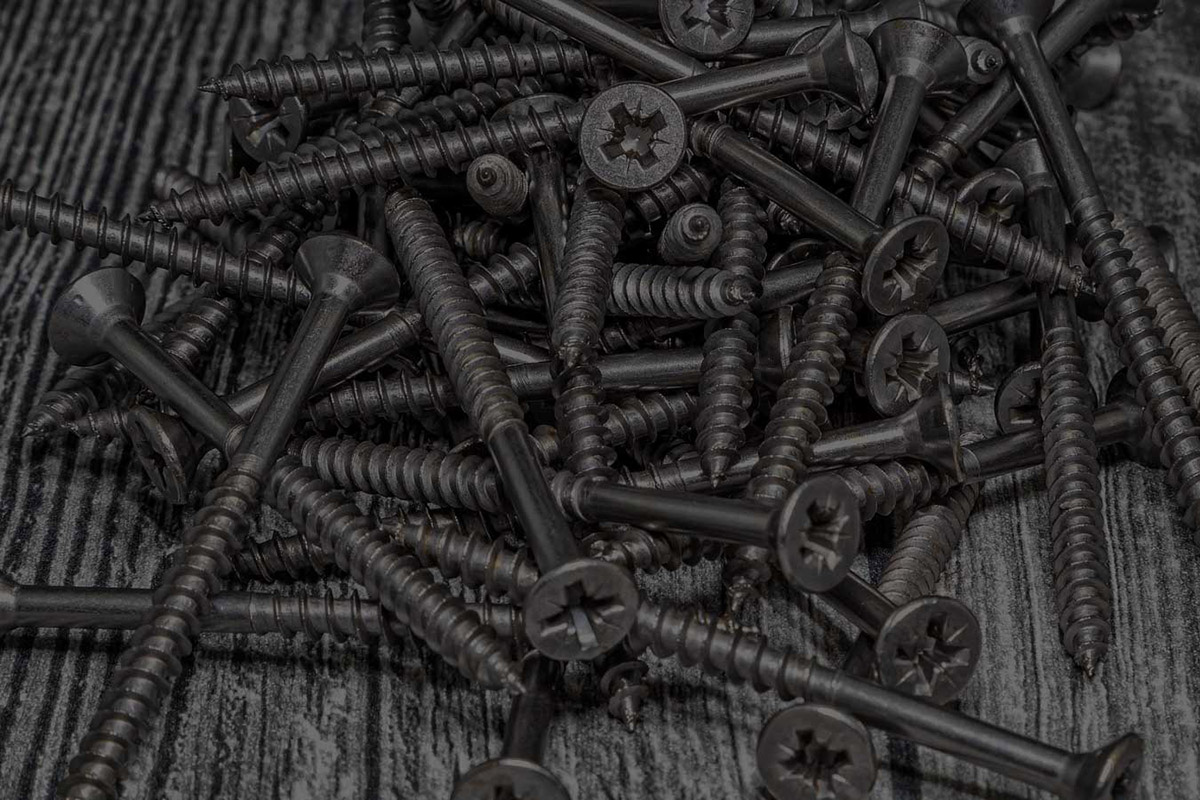

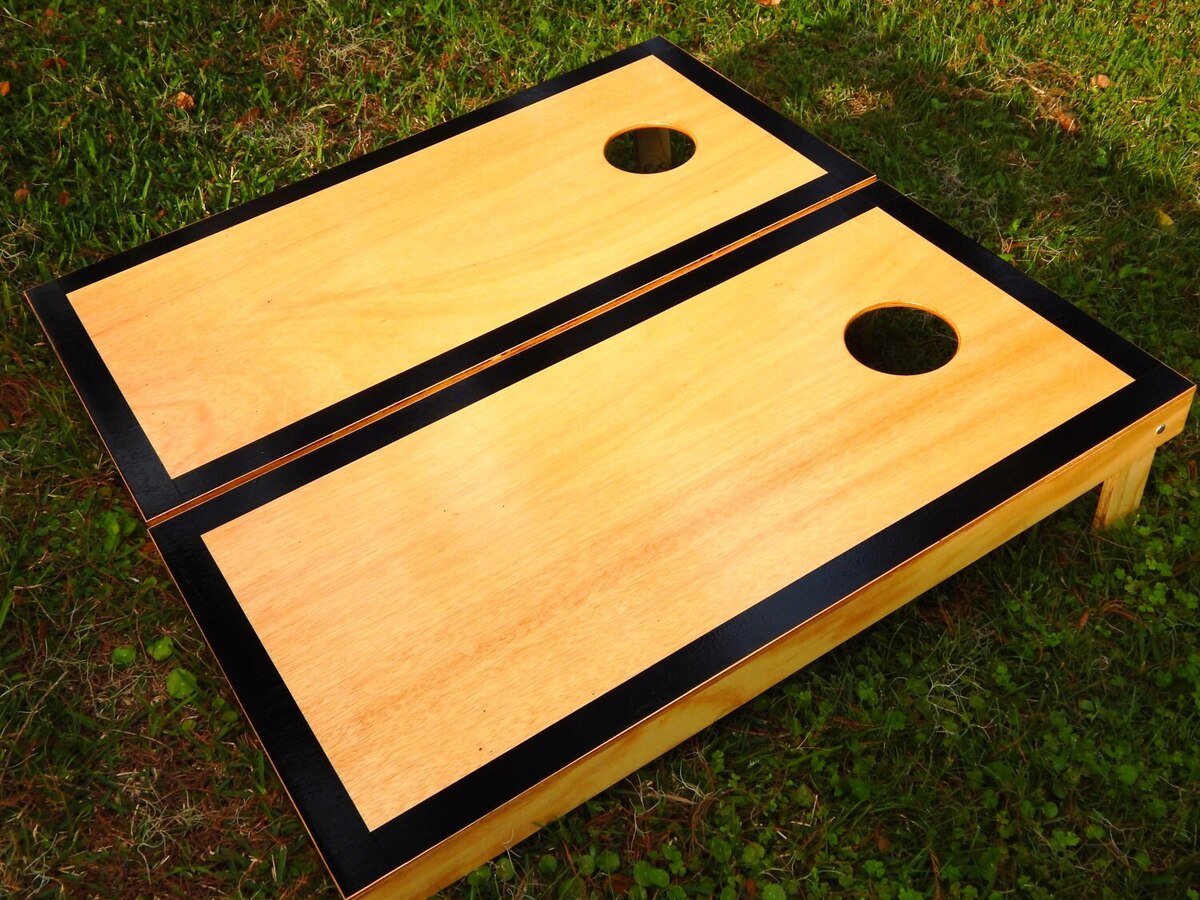
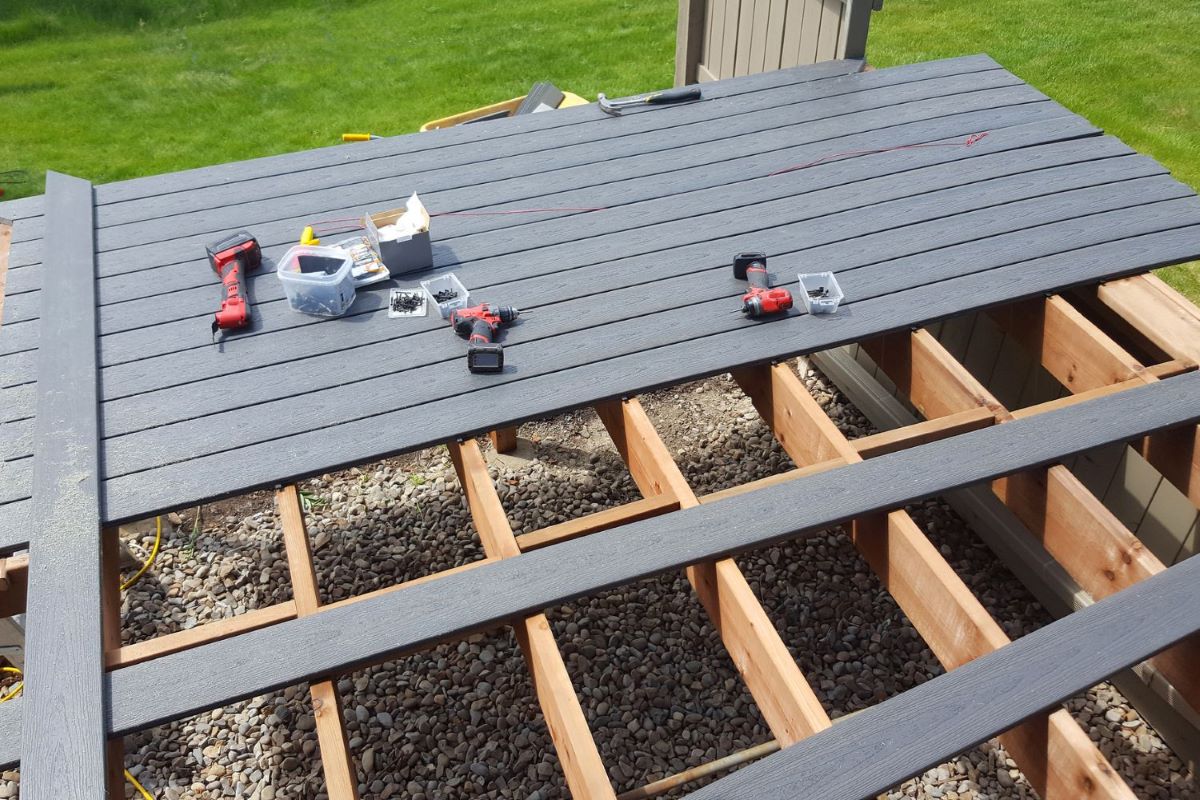
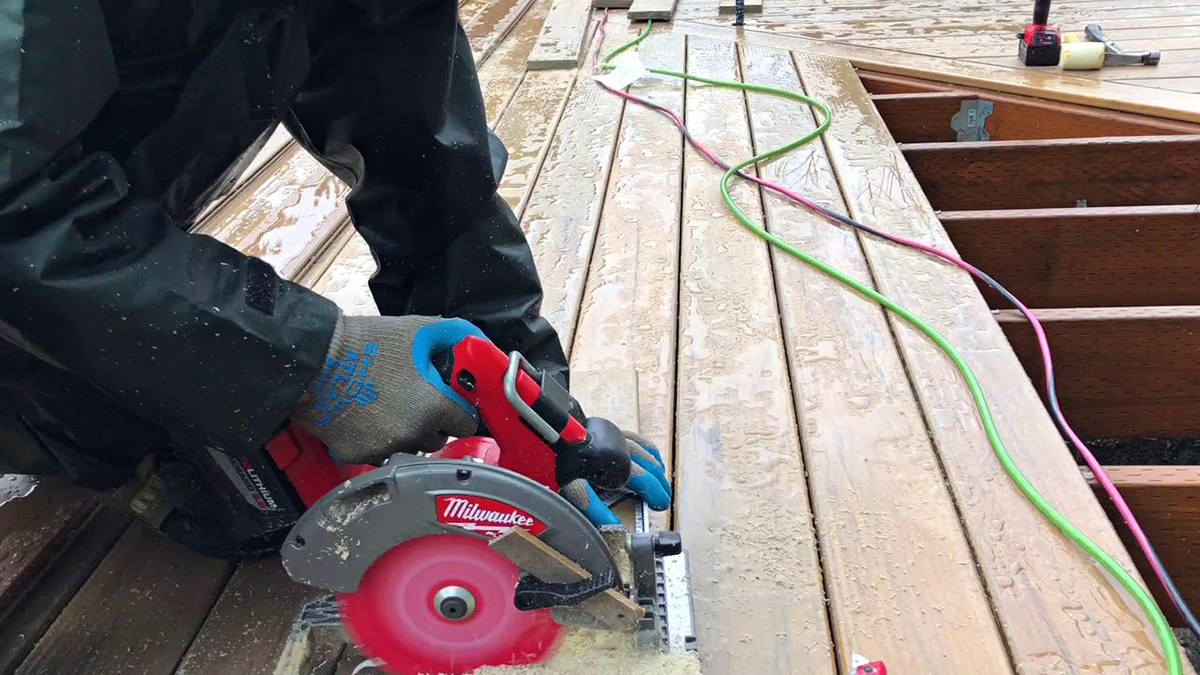
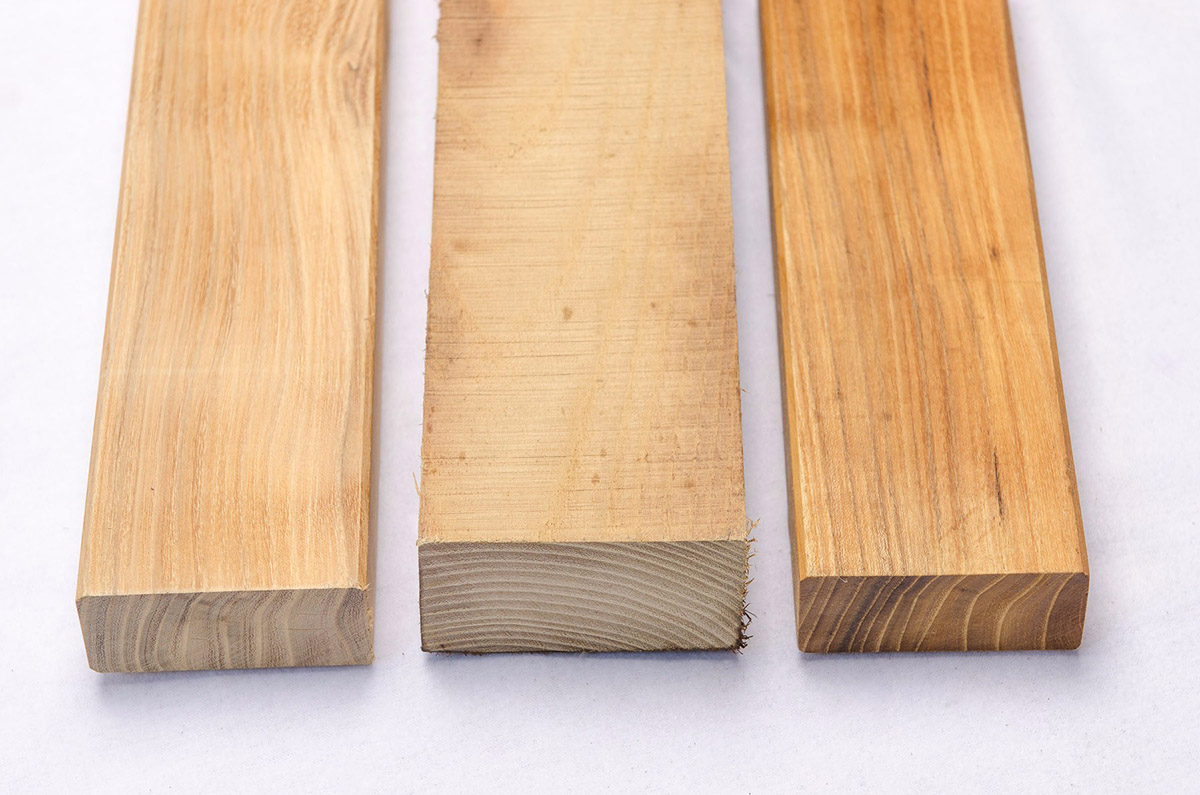
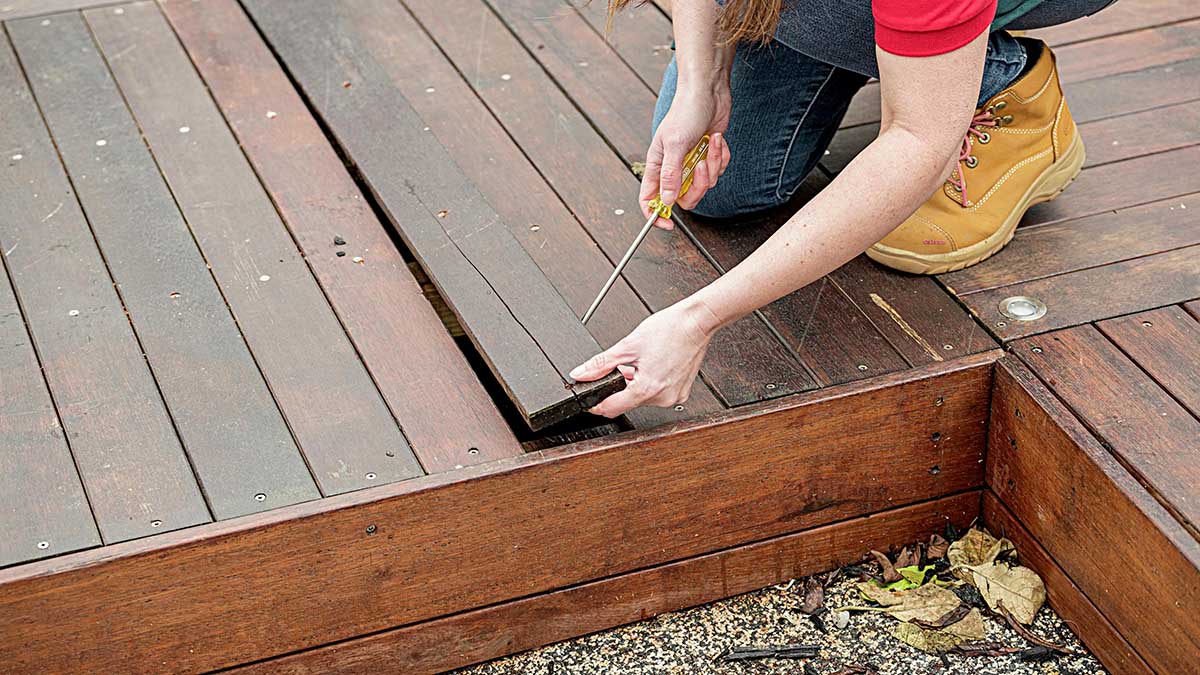
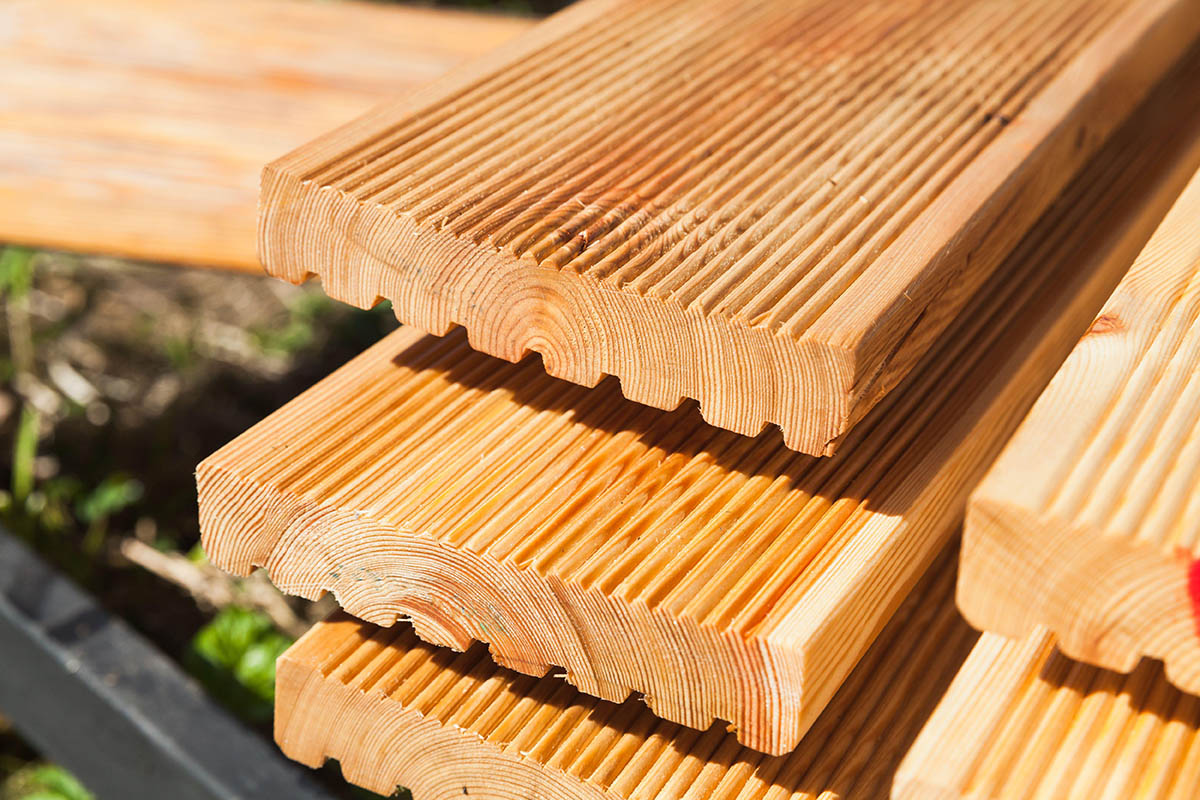
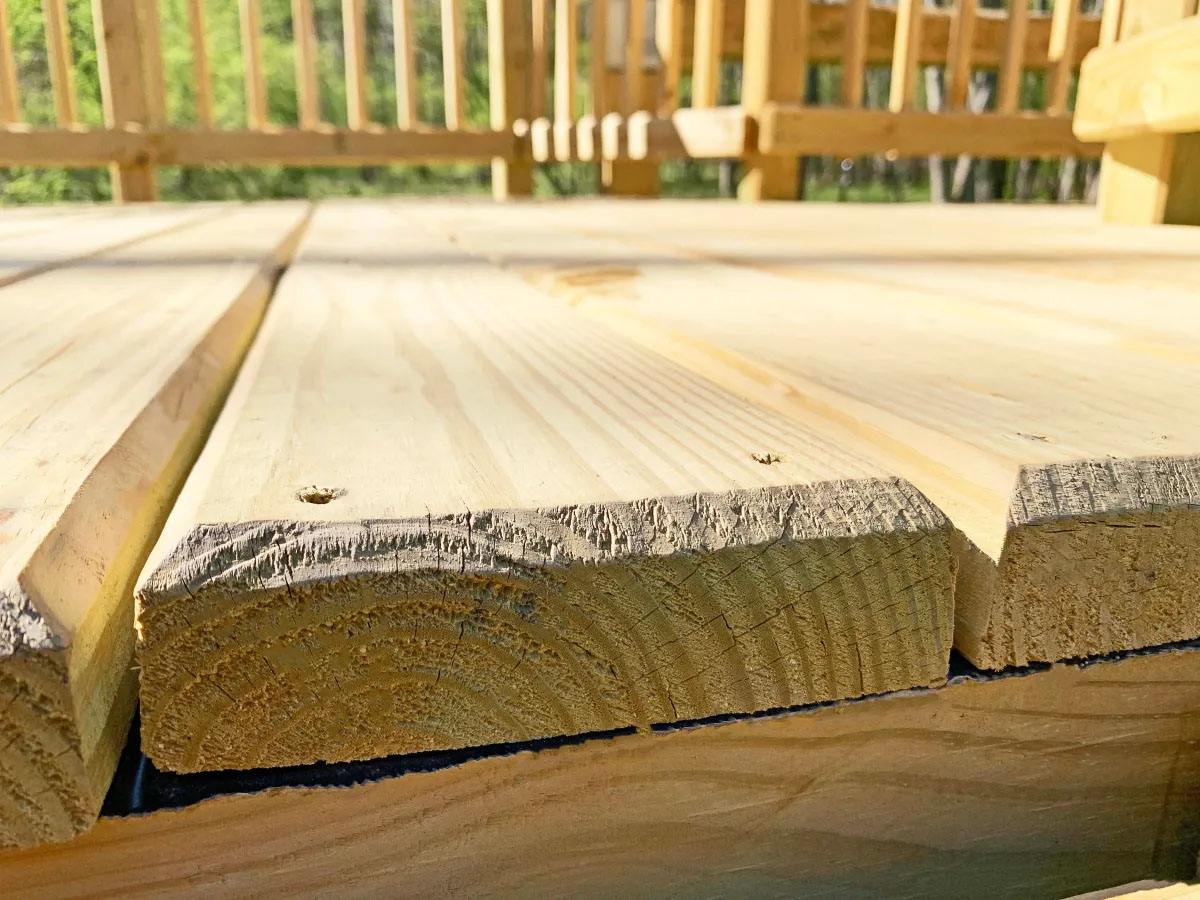
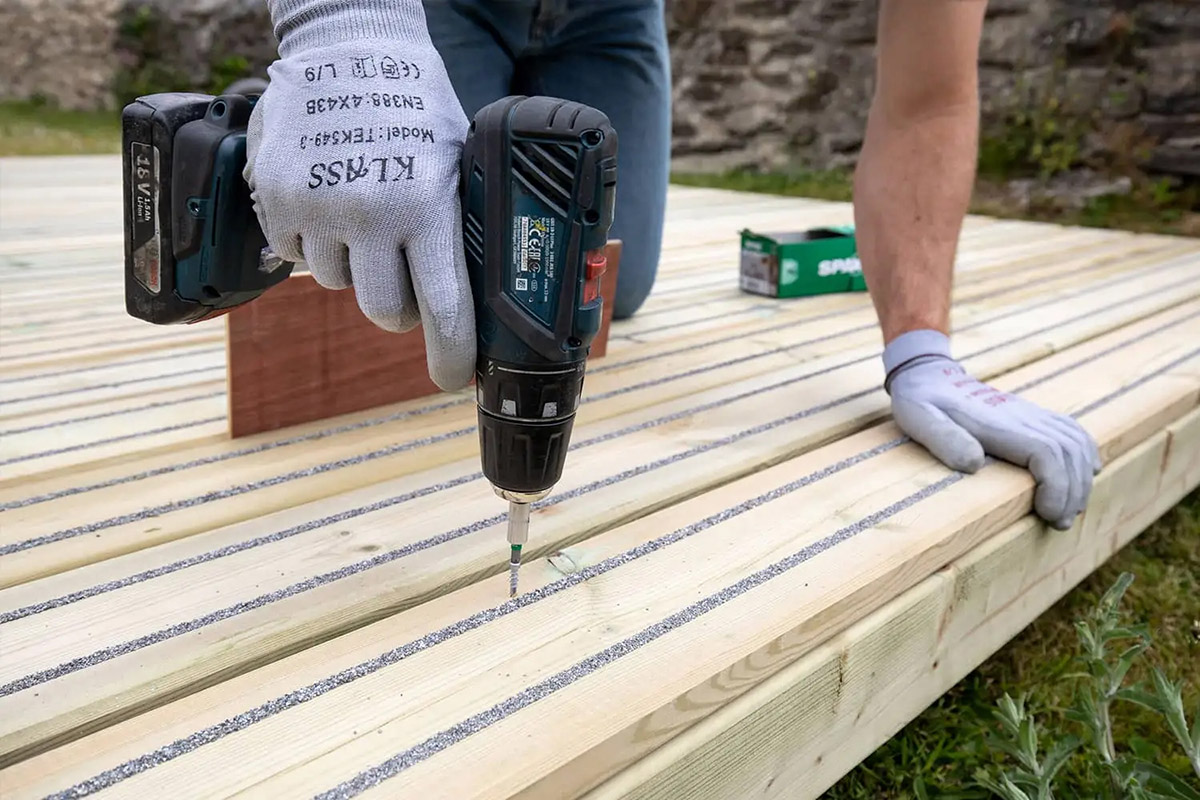
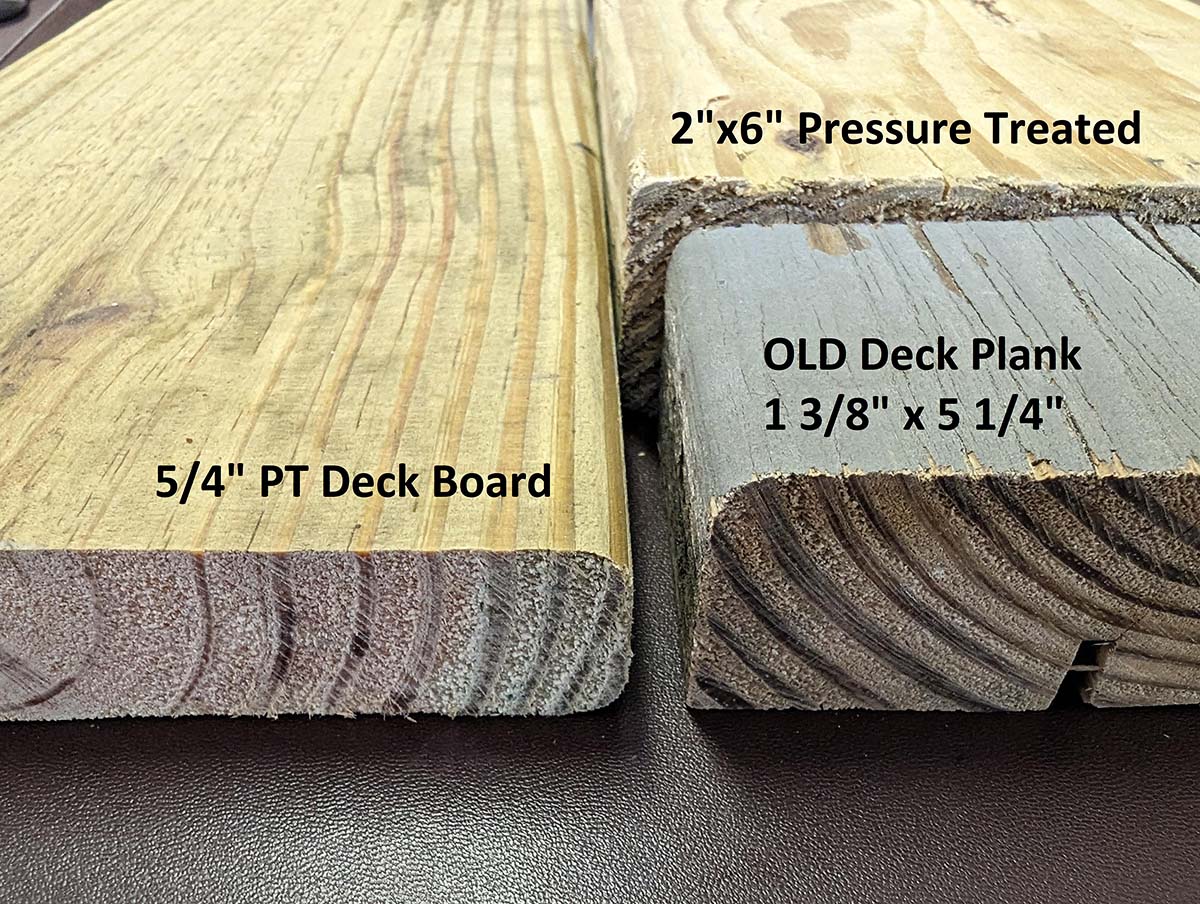
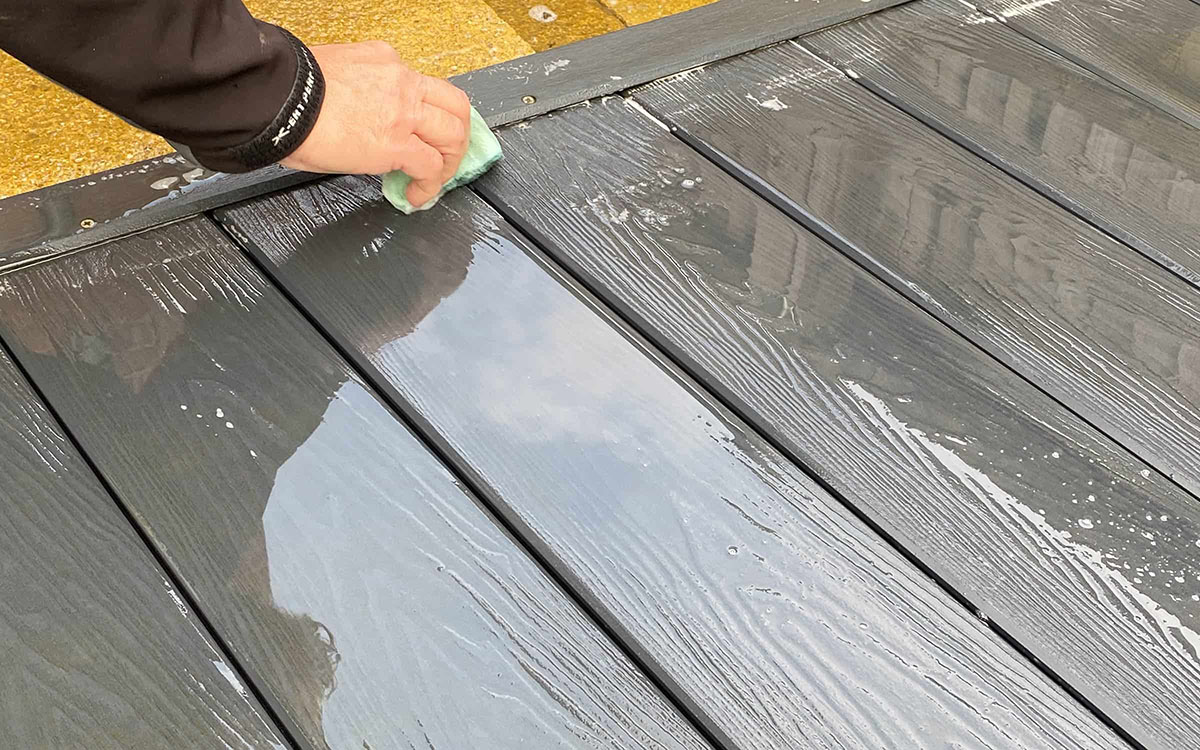


0 thoughts on “What Size Are Decking Boards”